“Spinellus species are parasites that attack your basic mushroom-looking mushroom, and are, in my humble opinion, wonderfully photogenic. The most common in these parts, S. fusiger, prefers Mycena species as its victims, often M. haematopus, which, even when its cap is sprouting a crazy new fungal hair-do, can still be identified by snapping its stem to look for its characteristic ‘blood.’” Said a post on Weird and Wonderful Mushrooms.
“Spinellus fusiger is a species of fungus in the Zygomycota phylum. It is a pin mold that is characterized by erect sporangiophores (specialized hyphae that bear a sporangium) that are simple in structure, brown or yellowish-brown in color, and with branched aerial filaments that bear the zygospores. It grows as a parasitic mold on mushrooms …,” the post said.
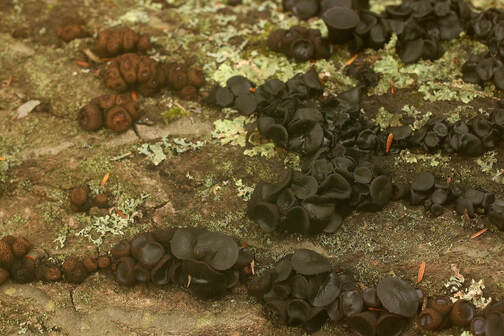 Black bulgar fungus
Black bulgar fungus A cup-shaped fungus on a timbered treetop happened to be black bulgar fungus.
"Bulgaria inquinans, sometimes referred to as the Black Bulgar, Bachelor's Buttons or Rubber Buttons, grows in groups most commonly on felled oak trunks and fallen branches, and occasionally on other dead hardwoods including Ash,” said a post on first-nature.com.
The post went on to say that the fungus is “generally considered as inedible in western countries, and according to some researchers even reported to be poisonous and to cause food-sensitized solar dermatitis … in northeastern China, Bulgaria inquinans is treated as a delicacy.”
“We strongly advise against eating these licorice gum drop lookalikes,” the site warned.
A post on Craterellus cornucopioides at forestwildlife.org said “Black trumpets are edible mushrooms. They grow in hardwood forests throughout North America and Europe.”
The site also added that the “mushrooms are known to have a symbiotic relationship with hardwood trees, meaning that they rely on the presence of the trees to be able to grow. They don’t grow directly from the trees, but seem to need their root systems to be able to thrive.”
“Clavulinopsis fusiformis is a striking and easily recognizable grassland fungus. It consists of a densely packed tuft of rather flattened unbranched yellow fruit bodies with characteristic pointed tips. These tips can be yellow like the rest of the fungus, or brown, or occasionally even red. The fungus is normally about 6 to 10 cm tall,” said a post on ultimate-mushroom.com.
“Clavulinopsis fusiformis is different from other coral fungus because it contains the lectins with an Anti- B aggulutinin. A lectin is a carbohydrate-binding of proteins or glycoproteins with specific binding sites for sugars. It’s also different because its yellow, cylindrical, and un-branched. Meaning it has an outer yellow coat, and the main fungus looks like many different cylinders branching up,” the post continued.
The site listed the fungus as poisonous. However, other internet sites said it was inedible and bitter.
| Nonetheless, one mushroom’s red cap served as a red flag. I had viewed several red capped mushrooms on our treks through the woods. There were also photos of the ruby-hued fungi posted on a couple of Facebook pages for foraging and mushroom identification. The comments suggested that the fungus might be a red russula. According to the internet, there are several red russulas. Articles on ultimate-mushroom.com listed two of the reds, the russula nobilis and russula emetica. They were both listed as toxic and were also known as the sickener. “Russula nobilis is a toxic, brittle, red-capped mushroom. It is only found in beech woodland and helps beech trees take up nutrients from the soil. The gills are white and crumbly and the stipe is white and brittle. It is toxic, though not usually deadly, and when chewed tastes hot and acrid,” the post said. “Russula emetica is common and widespread in coniferous woodlands throughout Britain, Ireland and … in many parts of North America. Other names (for the mushroom include): The Sickener, Emetic Russula, Vomiting Russula,” the post explained. “There are many, many russulas and many red russulas. It is often difficult to tell one from another. You can identify mushrooms in the genus Russula by their blocky shape and their brittleness,” the site added. |
A post on ncsu.edu said the fungus has highly poisonous characteristics.
The site said the mushroom is “the most common in the Amanita species found in the midwest and eastern North America. They typically appear in early to mid-summer in forests or natural areas or landscapes. They are found singly or scattered, usually under hardwood trees, especially oaks, occasionally under pines.”
“The roots of the mushroom (fungal species) become one with the roots of adjoining host plants. This is referred to as an ectomycorrhizal relationship,” the post explained.
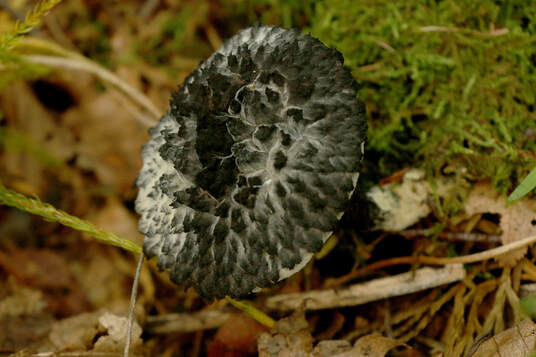 Old man of the woods
Old man of the woods “Dark, scruffy, and quite unkempt looking with a fluffy body – the old man of the woods is aptly named.” Said a post at mushroomappreciation.com.
“The old man of the woods (Strobilomyces sp.) is a decent edible mushroom with a very striking appearance that makes it difficult to forget or mistake,” the post continued.
“The top of the cap is ornamental, with black scales across a cream to dark gray surface. Its stem is woolly, and the whole appearance is very shaggy,” the post added.
“I had, like many other mushroomers, had eaten scaly pholiota for years and enjoyed its sweet, earthy flavor. Then newer books came out, warning that the mushroom is mildly poisonous for many people. .. " Russell penned.
“The Scaly Pholiota is a beautiful late fall and winter mushroom that hikers admire and mushroom photographers adore," he added.
I agreed that photographers adore the scaly pholiota and as well as their fellow fungi.
.
This appeared to be the case with the eastern American White Blusher.
The whole issue started when I posted a photo on the Pennsylvania Mushroom Identification and Aspects Facebook group.
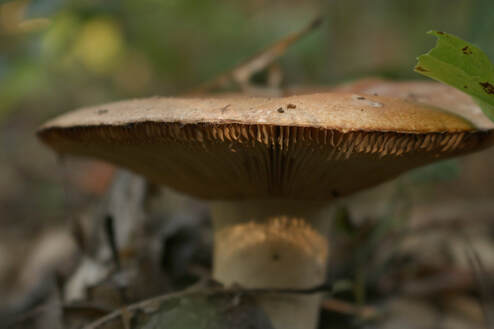
The response from another group member explained that “it is a European species, but we still call our white variant of a rubescens Amanita A. rubescens var. alba. It needs to be changed. We could actually discard " amerirubescens group" and call it "rubescens group" since there is no species called Amanita amerirubescens, unless one of the unnamed species in "amerirubescens group" were to receive the species name amerirubescens. It's a bit of a mess.”
A bit of a mess seemed to perfectly describe my foray into mushroom photography and identification.
That’s just the nature of things ‘round here.
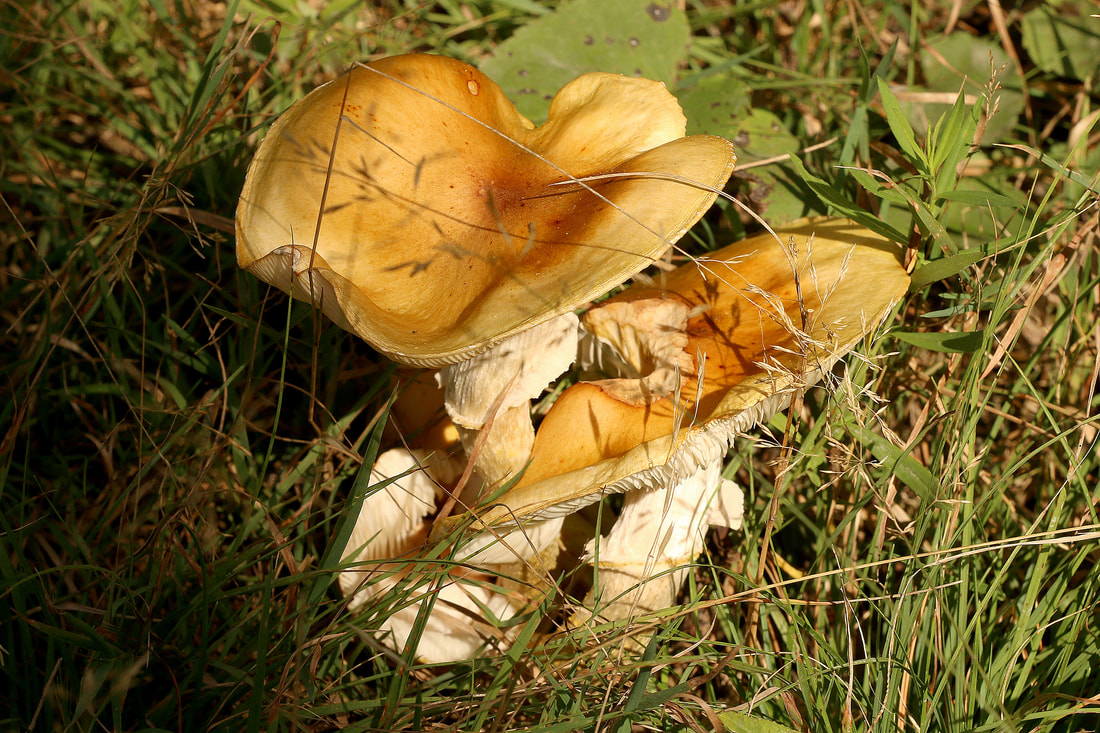
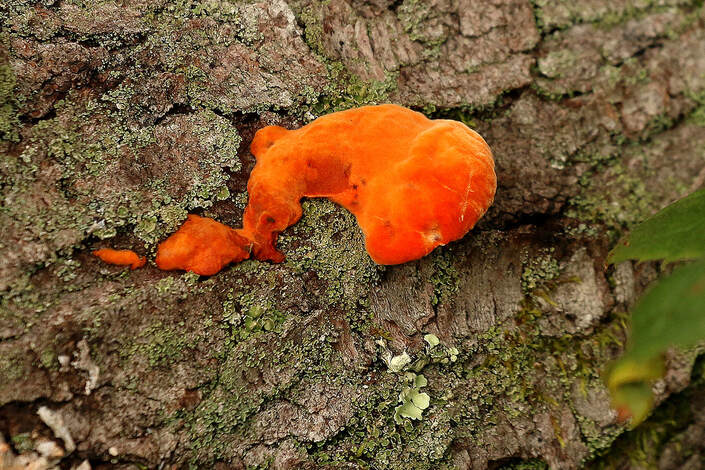
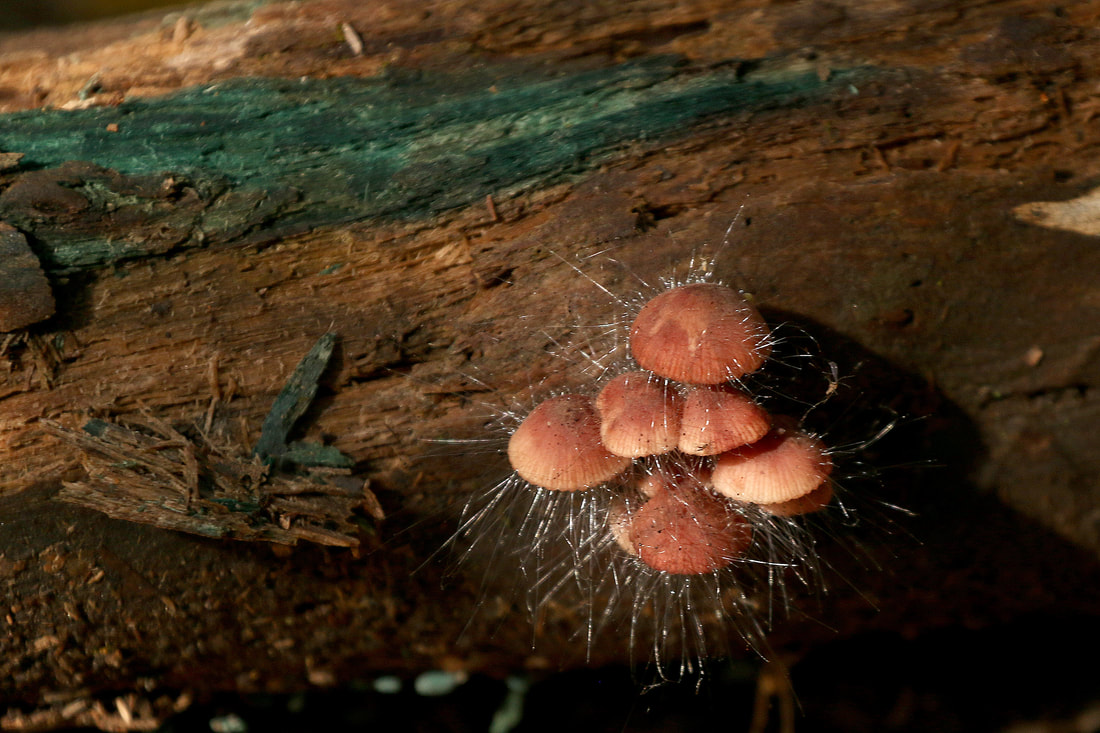
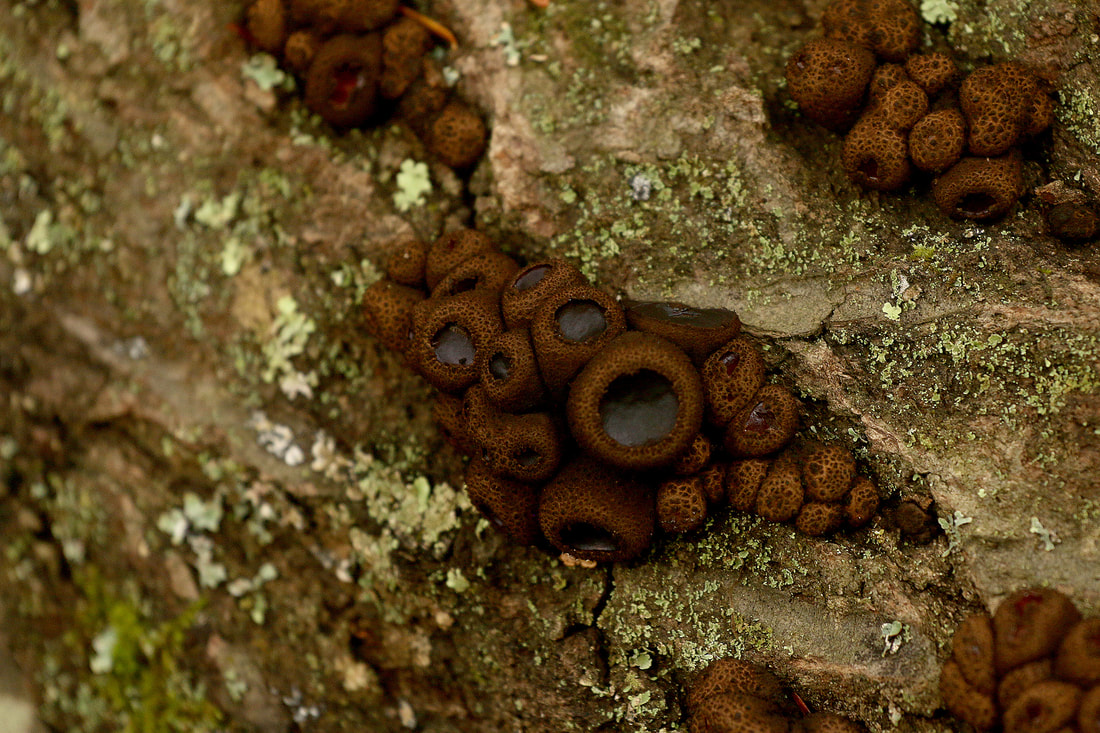
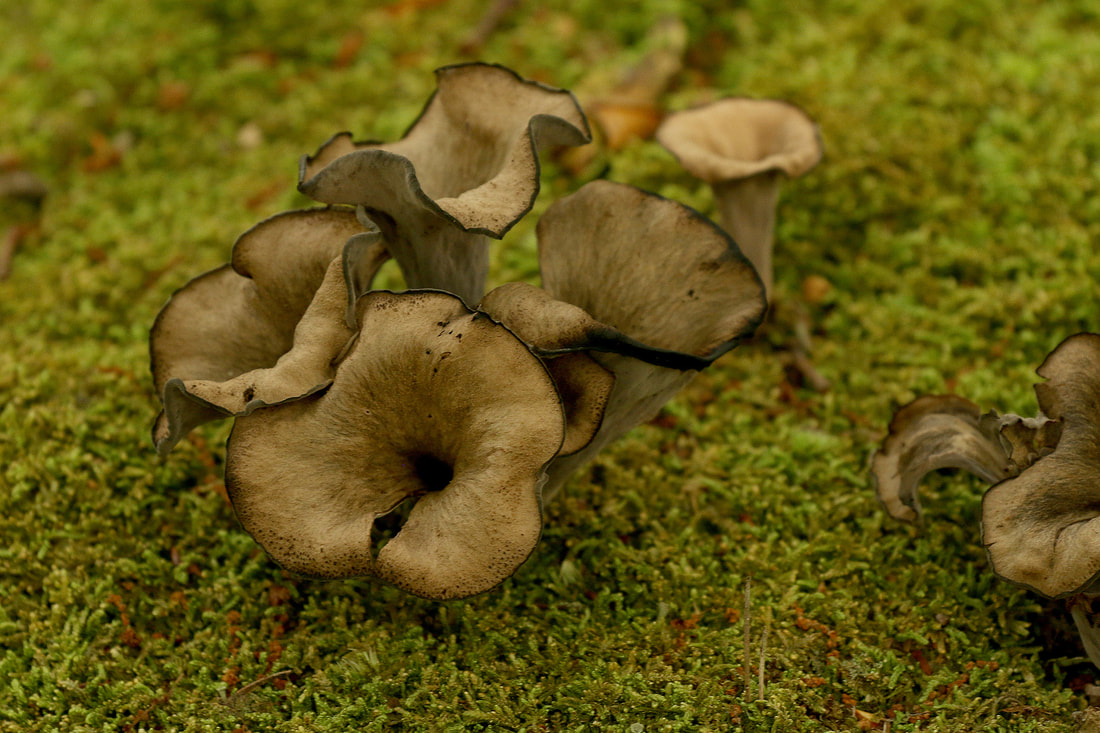
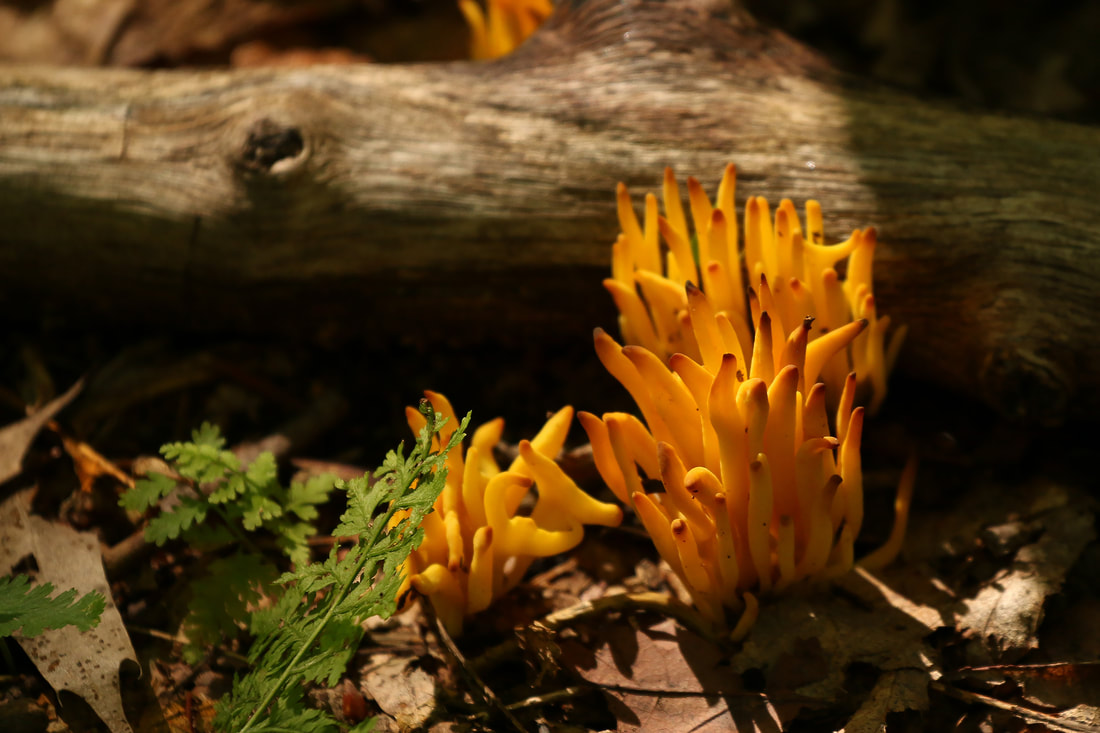
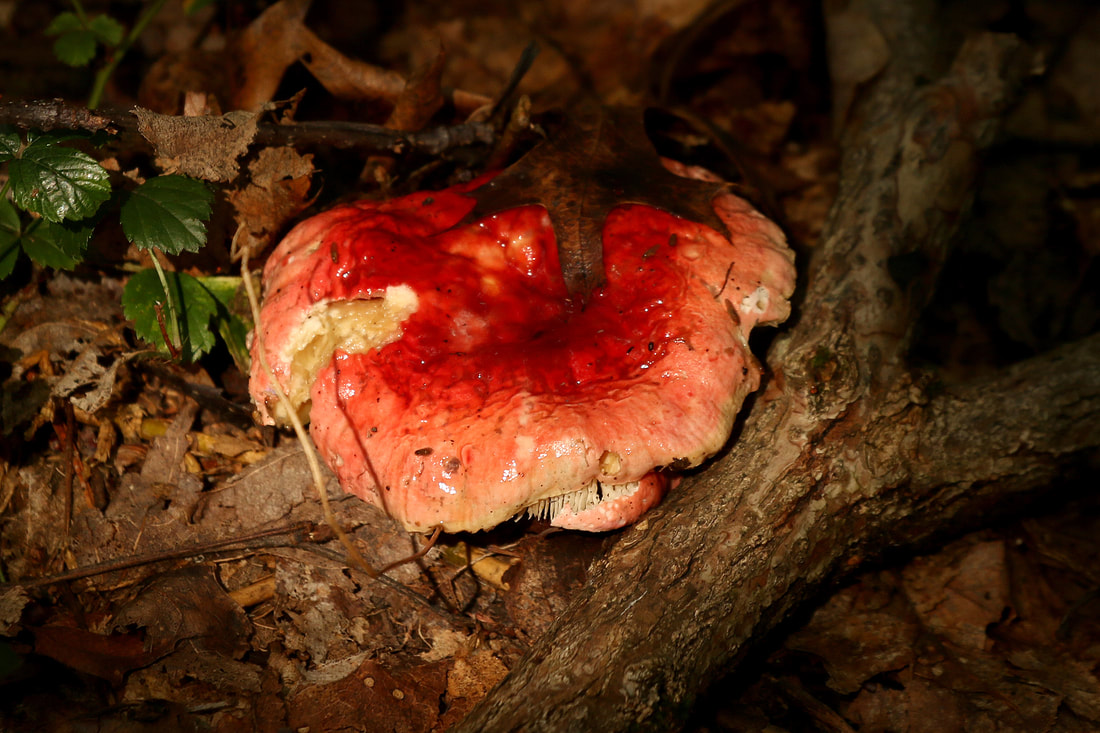
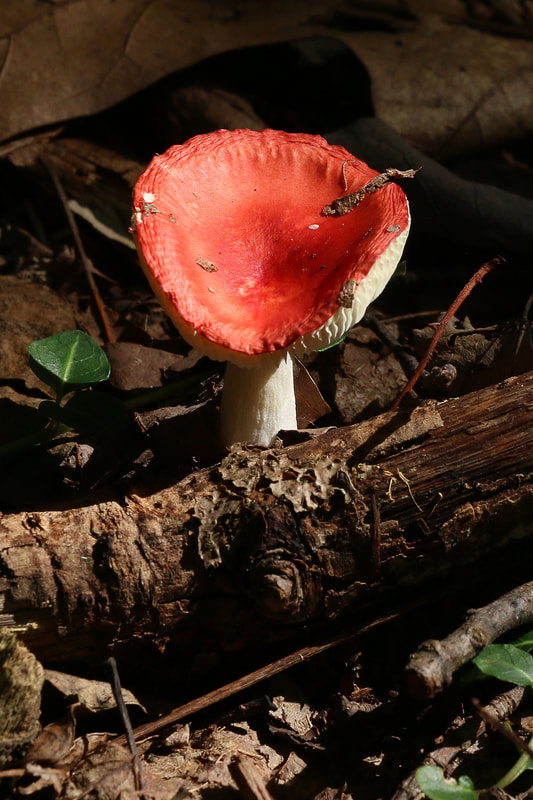
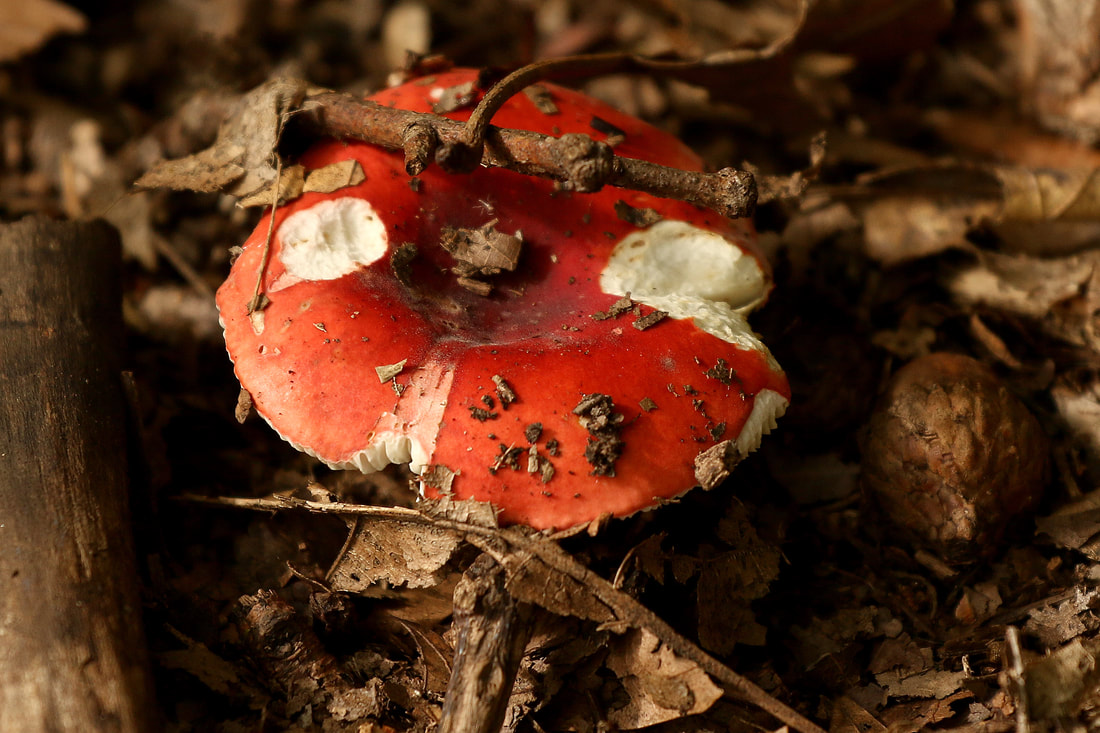
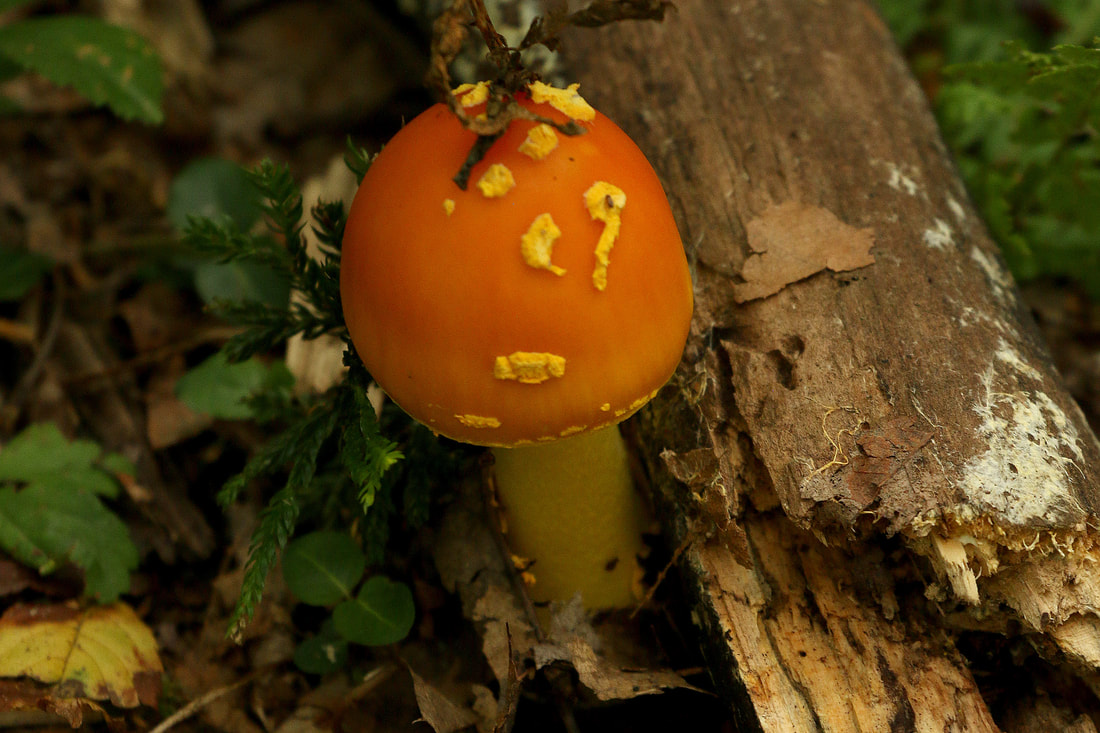
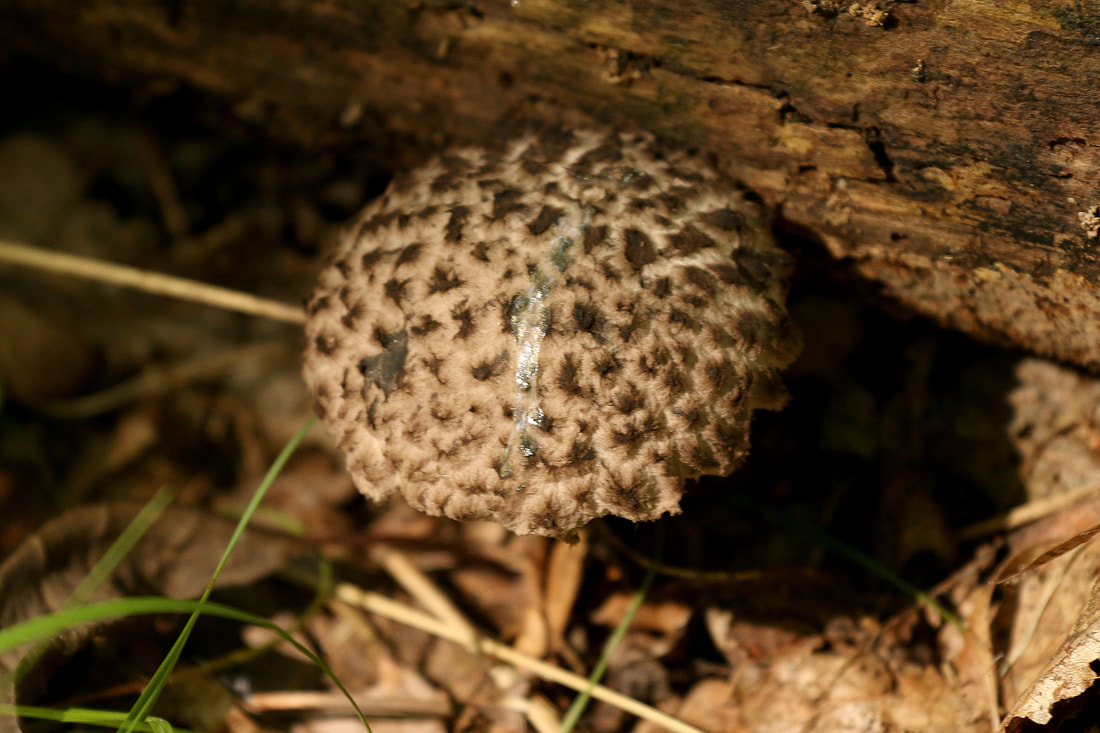
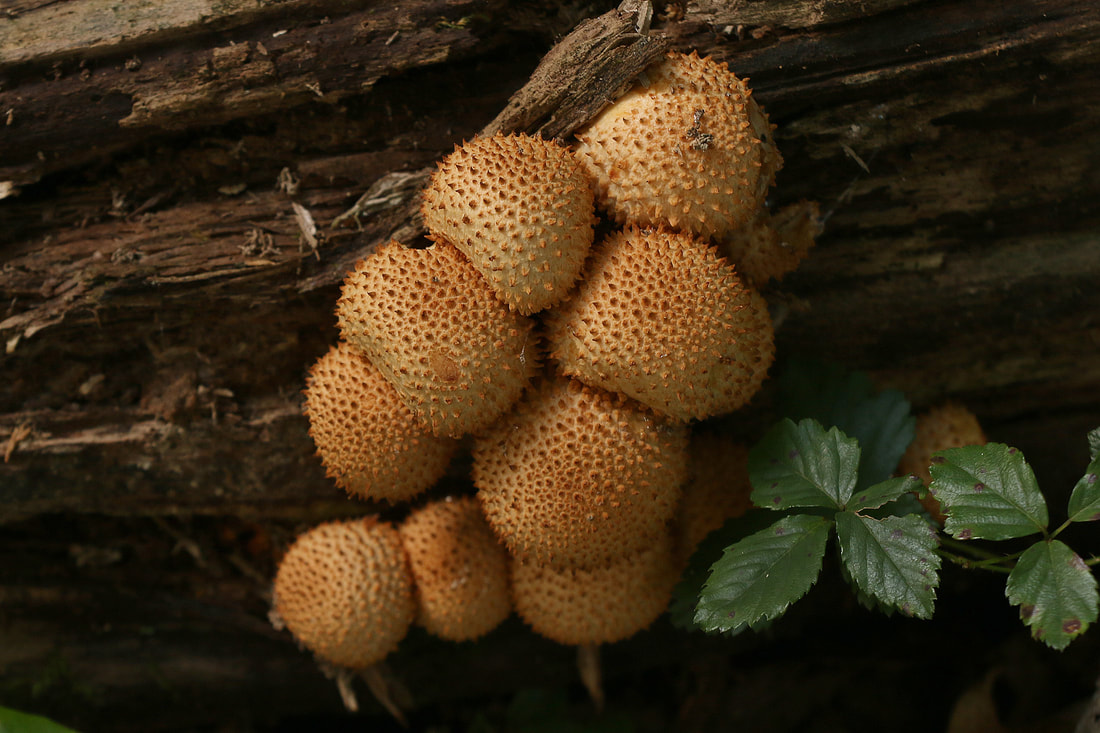
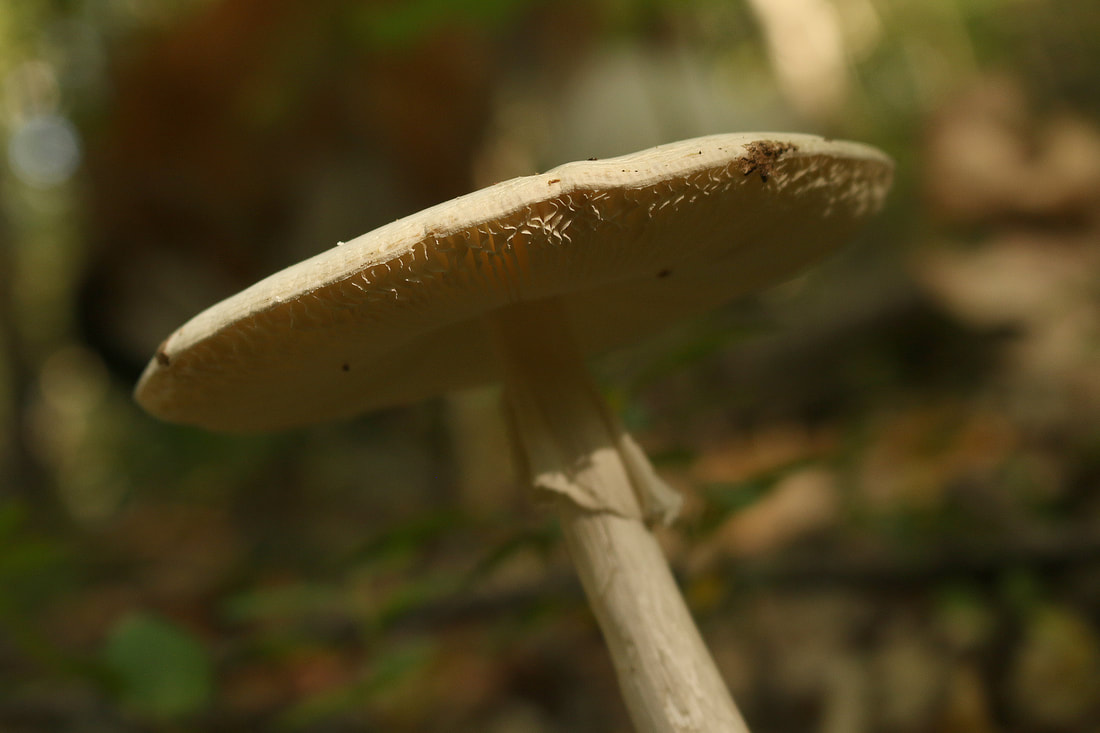
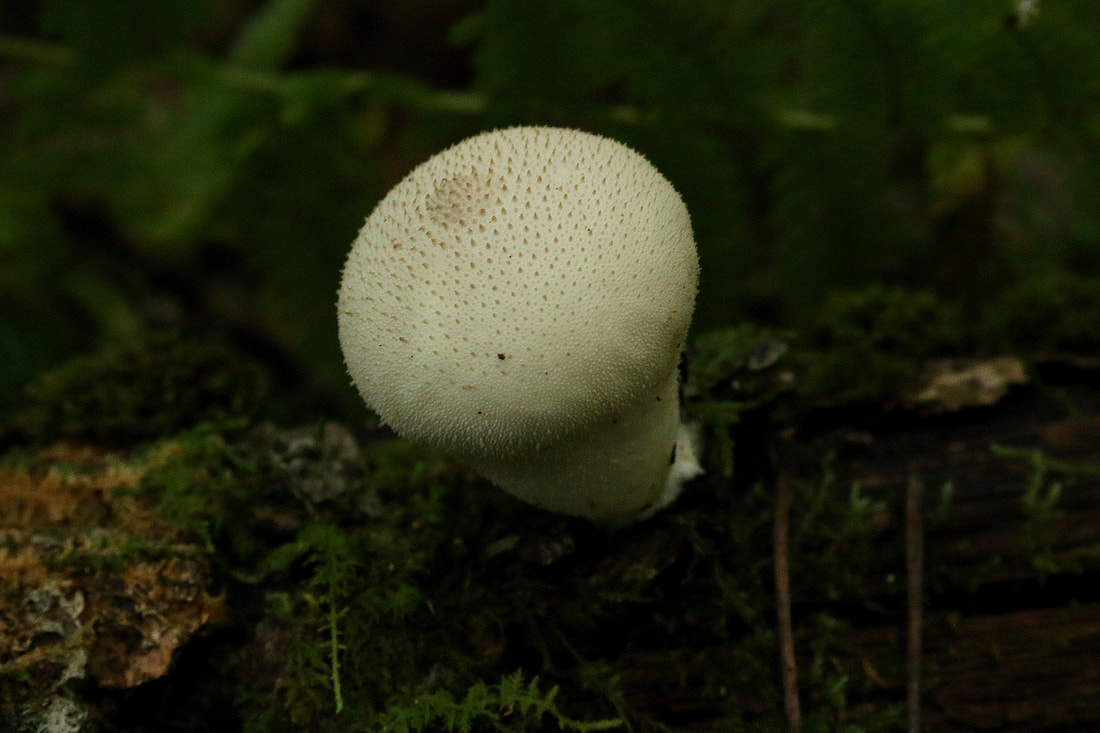
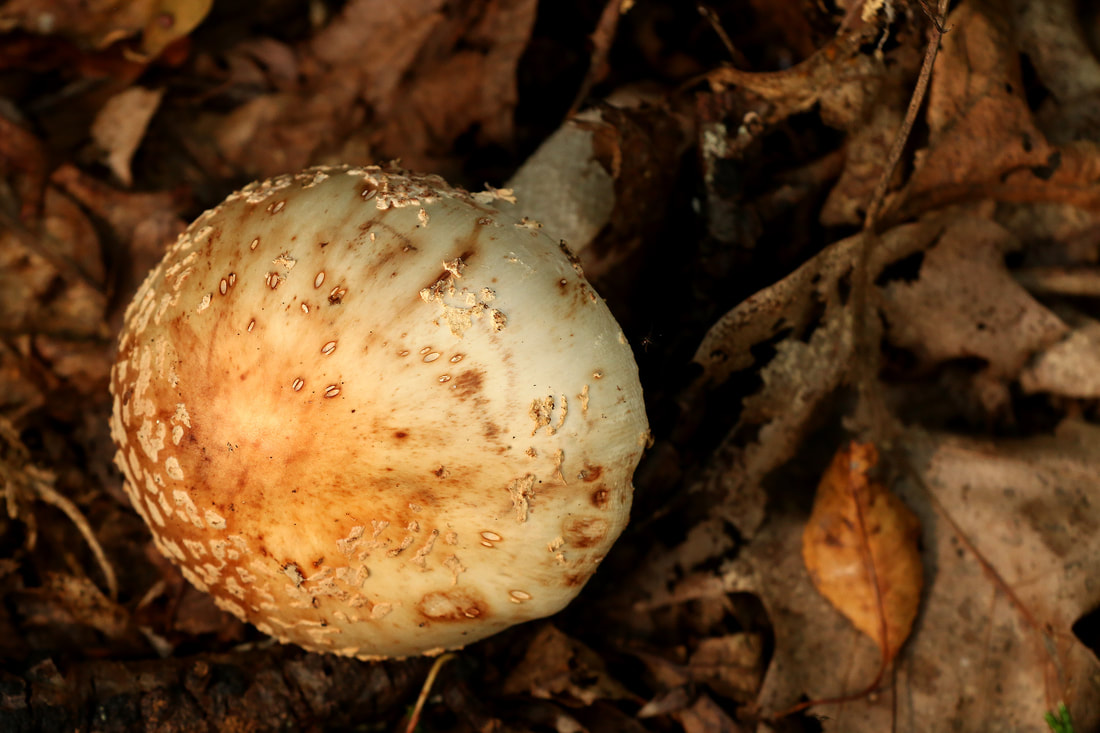
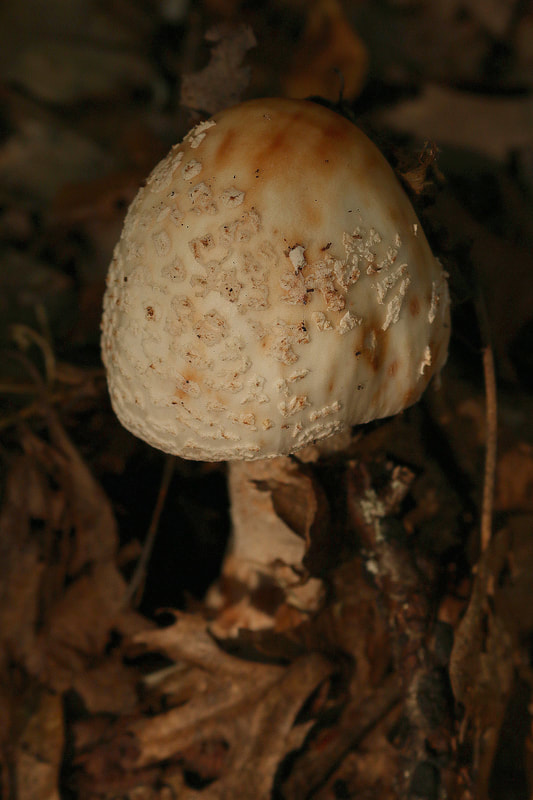
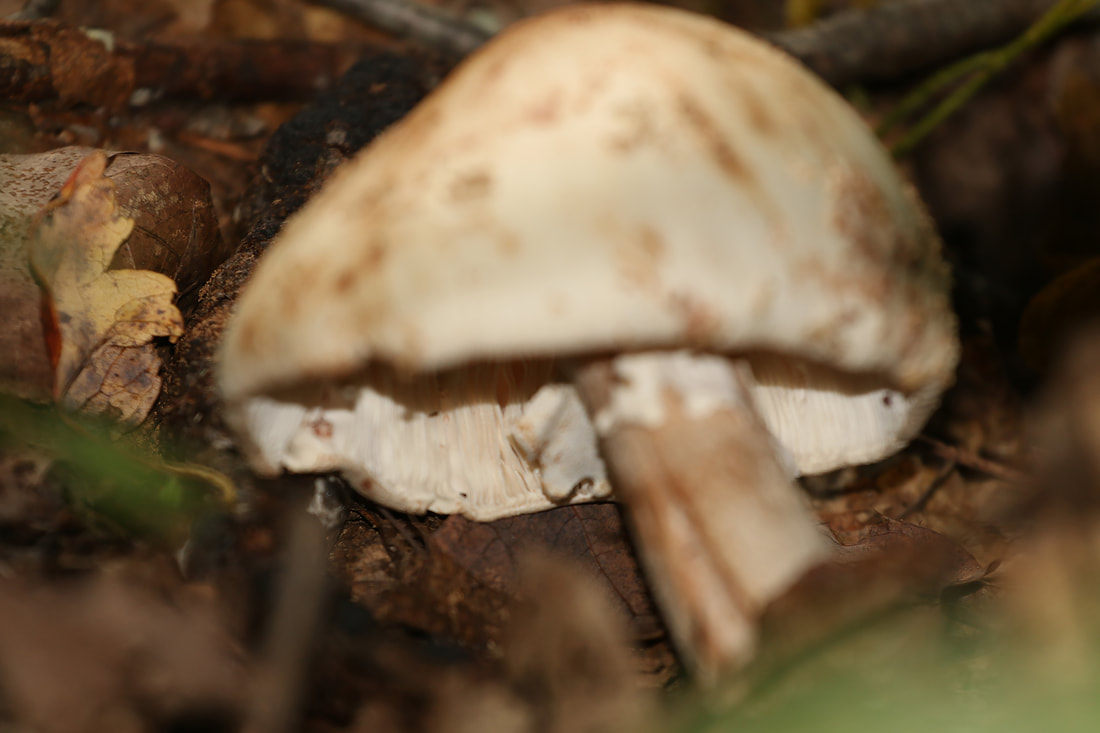
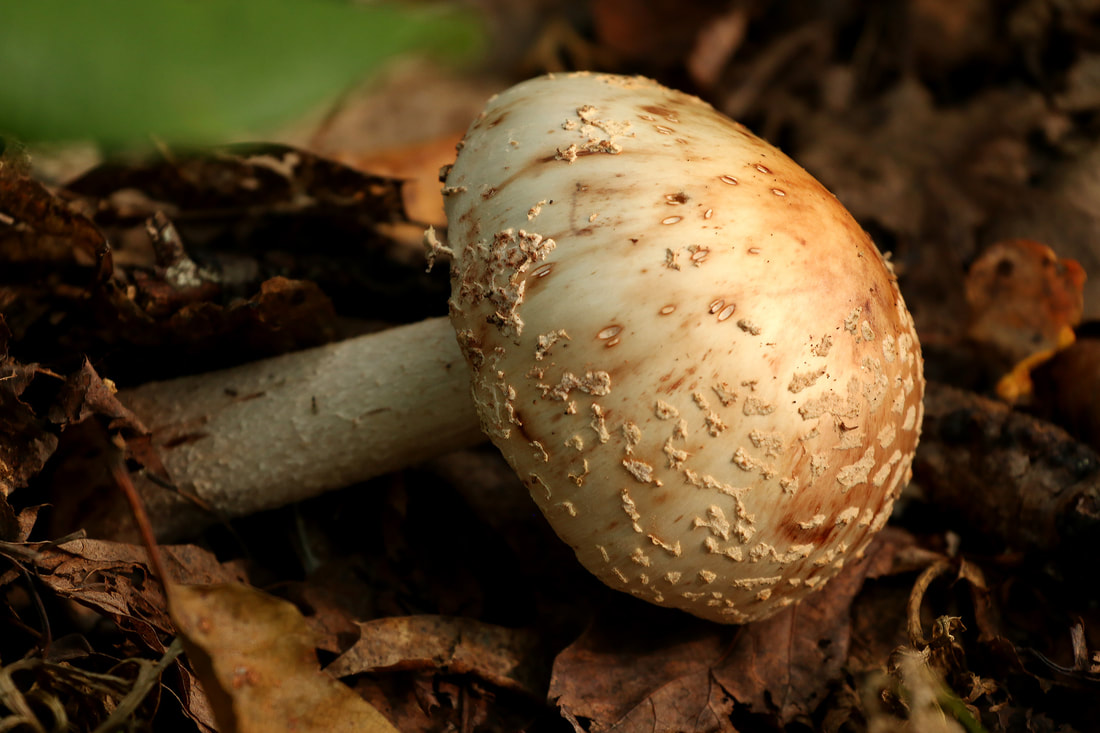
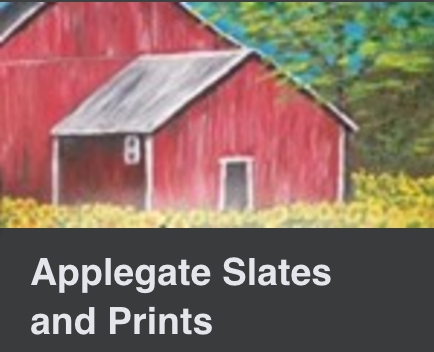



 RSS Feed
RSS Feed